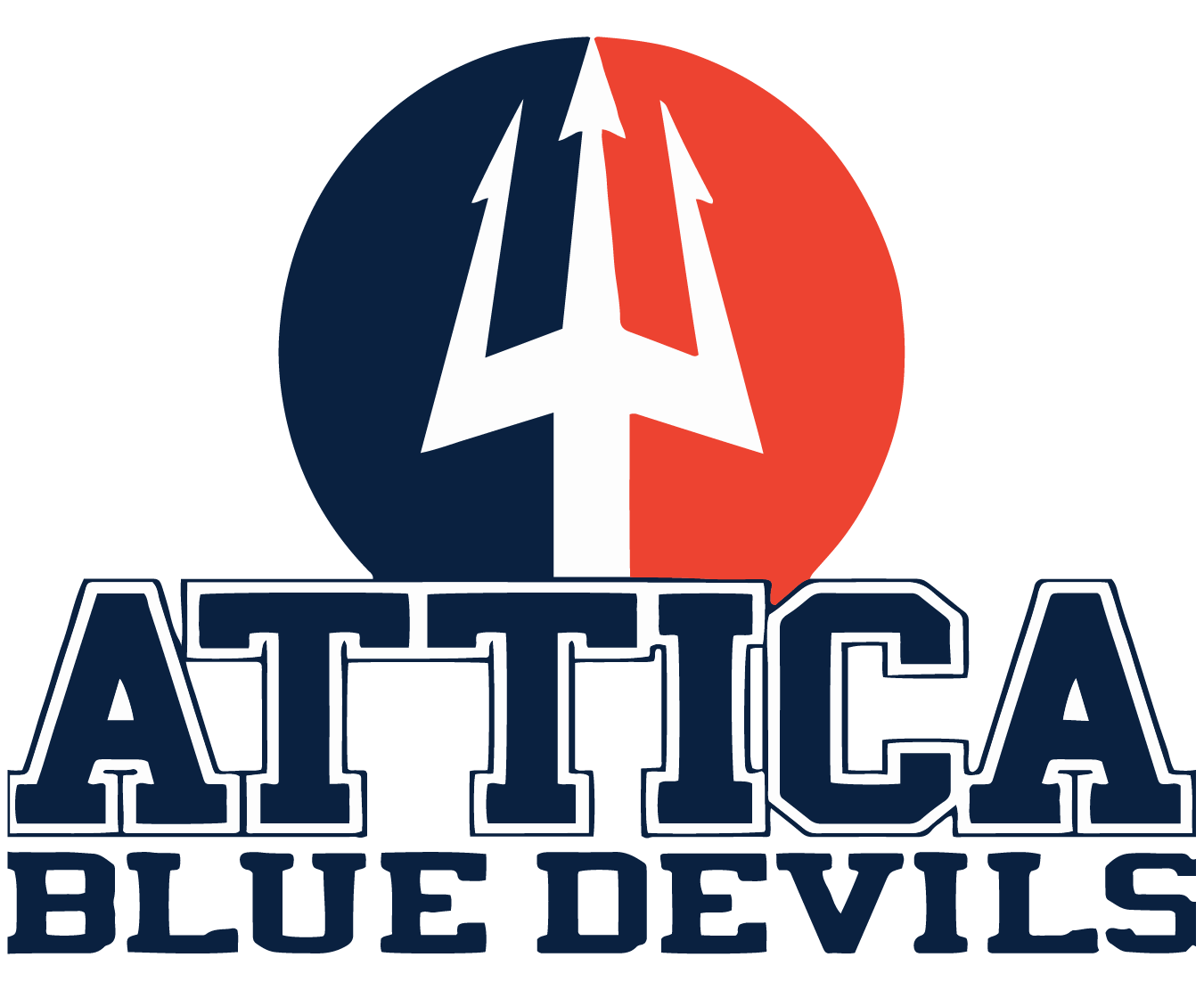A powerful new instructional tool is changing the way Jenna Linsey teaches key, geographic and geologic concepts to her high school Earth science students.
Linsey recently began incorporating an augmented reality sandbox into lessons on topography, hydrology and mapping.
The device, which Linsey became familiar with when she was at SUNY Geneseo, consists of a walled table filled with sand, with an Xbox Kinect sensor and projector mounted above on a pair of metal arms. The Kinect sensor feeds data on the elevation of sand in the table below into free software developed at the University of California, Davis. The software then spits out a contour elevation map, which the projector overlays on top of the sand below.
Students can arrange the sand into whatever configuration they want - a low valley, a high peak or some combination of the two - and the AR sandbox will spit out a near-perfect map in real time, complete with correctly-spaced contour lines and colors that correspond to certain elevation ranges relative to sea level.
To this point, Linsey’s used the device primarily during lessons on mapping as she finds it helps students make connections between contour lines on a piece of paper - which can be more than a little abstract - and physically present features in the sand that they can touch and manipulate in real time.
“To me, I think it’s worthwhile not only because of the educational aspect but also because it’s just intriguing them,” said Linsey. “They’re like ‘What is this thing in the back of the classroom? This is really cool.’”
In addition to lessons on mapping, Linsey’s also used the sandbox as a demonstrative tool when teaching students about sea level rise.
“I’ve had them build an island or coastline and I have toys and I’ll have them build a community and I’ll be like ‘OK, what’s going to happen to that town if sea level rises by a foot or two feet or seven feet,’” she said. “I think you could totally use it for a lesson on source point pollution too because it’s really good at showing where water will flow given certain geographic features and elevations.”
A years-long effort
For years, Linsey borrowed a similar AR sandbox from Scott Giorgis, one of her old professors at SUNY Geneseo.
“He would completely dismantle it at Geneseo and then show up and set it up for me but I felt bad - it was a lot of work,” she said. “Eventually, I just decided to build one myself so he didn’t have to keep lugging it around.”
But building a device of her own was easier said than done.
“It took forever to build,” said Linsey, who credited the help she received from her husband and fellow Attica faculty and staff with bringing the project through to fruition. “COVID was a big hiccup both in getting the materials we needed and then just being able to get together people to work on it. Honestly, I feel like it took five years. Not sure if that’s exactly accurate, but that’s what it feels like.”
Attica alumnus Robbie Brunner (2004) donated the Kinect sensor. Middle School Technology Teacher John Versage built the sand table. Linsey’s husband, Brad (Attica Class of 2003), welded the metal arms that hold the Kinect sensor and projector in place and Craig Lavis, a technology assistant at Attica, helped install and set up software needed to make the device operate.
Such devices usually start around $9,000 at any school science supply company, but Linsey’s homemade model clocked in right around $2,000.
Linsey acknowledged that the device still has a few bugs left to work out. Ideally, the projector would be mounted next to the Kinect sensor directly above the table, instead of off to the side where it currently is.
“Right now, when students make a particularly high feature like a mountain, it doesn’t project on the back side of it because it’s situated too low,” Linsey explained. “The mountain casts a shadow.”
Alison Zybczynski, Linsey’s fellow earth science teacher at Attica High School, has also been using the sandbox during lessons. But once Linsey smoothes out the sandbox’s remaining wrinkles, she wants to make it available to other Attica teachers.
“I would love to get it down to the Elementary School for Sarah Stenson’s STEAM class,” she said. “We really just got this thing working last year so I want to make sure I’mm comfortable using it and telling someone else how to operate it before offering it up.”
Click here for more information about the University of California, Davis’s augmented reality sandbox which served as an inspiration for the one Linsey built.
Attica High School Science Teacher Jenna Linsey shows her freshman Earth science students how to use her augmented reality sandbox Friday, Jan. 19 during an introductory lesson on topographic maps.
Students in Jenna Linsey’s freshman Earth science class try out her augmented reality sandbox Friday, Jan. 19 during an introductory lesson on topographic maps.
In the video above, Jenna Linsey, an earth science teacher at Attica High School, gives students a demonstration of the augmented reality sandbox she built with the help of her husband, Brad Linsey, Middle School Technology Teacher John Versage and Craig Lavis, an information technology assistant with the district.






